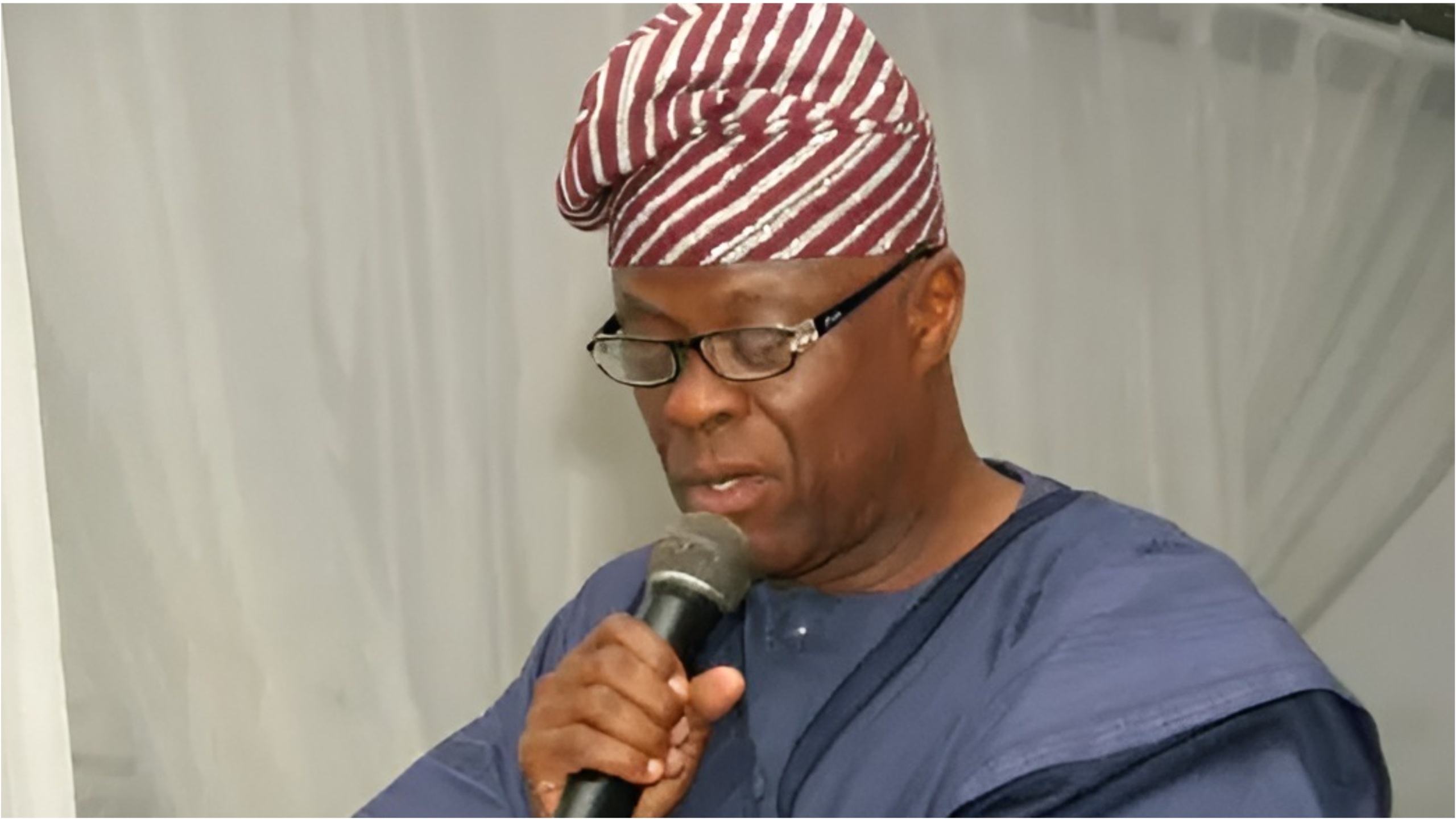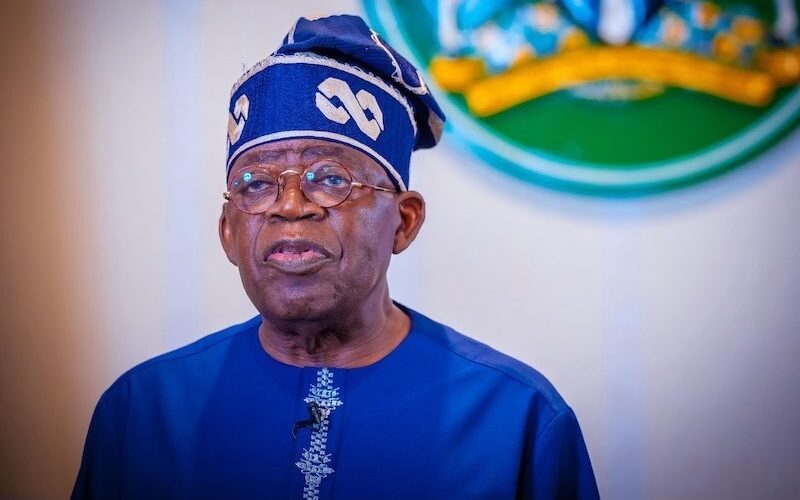Ndubuisi Francis in Abuja
The World Bank Group and the International Atomic Energy Agency (IAEA), Thursday sealed an agreement to partner in supporting the safe, secure and responsible use of nuclear energy in developing countries.
The partnership agreement, signed by the World Bank Group President, Ajay Banga and IAEA Director General, Rafael Mariano Grossi, finally formalised multiple engagements between the two institutions over the last year, and marked the World Bank Group’s first concrete step to re-engage with nuclear power in decades.
The agreement also reflects a new, broader approach by the World Bank Group to electrification—one that prioritises accessibility, affordability, and reliability, while managing emissions responsibly.
The World Bank Group works to create a world free of poverty on a livable planet through a combination of financing, knowledge, and expertise. It consists of the World Bank, including the International Bank for Reconstruction and Development (IBRD) and the International Development Association (IDA); the International Finance Corporation (IFC); the Multilateral Investment Guarantee Agency (MIGA); and the International Centre for Settlement of Investment Disputes (ICSID).
The IAEA is an international organisation that seeks to promote the peaceful use of nuclear energy and to prevent its use for military purposes. The IAEA supports its member states in developing robust and sustainable nuclear safety and security infrastructures and applies safeguards to verify the peaceful use of nuclear material and technology.
With electricity demand in developing countries expected to more than double by 2035, partnership approach aims to help countries deliver the energy people need by enabling pathways that best fit their national context, including development objectives and Nationally Determined Contributions.
Nuclear energy provides continuous baseload power, enhancing grid stability and resilience.
Reliable baseload electricity is essential for job-generating sectors such as infrastructure, agribusiness, healthcare, tourism, and manufacturing. Nuclear power is also a source of high-skilled employment and stimulates investment across the broader economy.
In addition, it can adjust to changes in electricity demand and support frequency regulation, enabling greater integration of variable renewable energy sources.
Commenting, World Bank Group President, Ajay Ajay Banga said:
“Jobs need electricity. So do factories, hospitals, schools, and water systems. And as demand surges—with AI and development alike—we must help countries deliver reliable, affordable power.
“That’s why we’re embracing nuclear energy as part of the solution—and reembracing it as part of the mix the World Bank Group can offer developing countries to achieve their ambitions. Importantly, nuclear delivers baseload power, which is essential to building modern economies,
“Our partnership with the IAEA marks an important step, and I’m grateful to Rafael for his personal commitment and leadership in making this possible. Together, we’ll deepen our expertise, support countries that choose nuclear, and ensure that safety, security, and sustainability guide every step forward.”
Also, in his remarks at the agreement signing ceremony, IAEA Director General, Rafael Mariano
Grossi said: “Today’s agreement is a milestone and the result of a year of joint work since President Ajay Banga kindly invited me to the World Bank Group Executive Board in Washington in June of last year.
“This landmark partnership, yet another sign of the world’s return to realism on nuclear power, opens the door for other multilateral development banks and private investors to consider nuclear as a viable tool for energy security and sustainable prosperity. Together, we can help more people build a better future.”
Under the memorandum of understanding (MoU) signed by both parties, the IAEA will work with the World Bank Group in three key areas:
*Build knowledge related to the nuclear field by expanding the World Bank Group’s understanding of nuclear safety, security, safeguards, energy planning, new technologies, fuel cycles, reactor lifecycles, and waste management.
*Extend the lifespan of existing nuclear power plants: Support developing countries in safely extending the life of existing nuclear reactors-one of the most cost-effective sources of low-carbon power-as many global reactors near the end of their original 40-year design life.
*Advance small modular reactors (SMRs): Accelerate the development of SMRs, which offer flexible deployment, lower upfront costs, and potential for wide adoption in developing economies.
A total of 31 countries currently operate nuclear power plants, which combined produce about 9 per cent of the world’s electricity, amounting to almost a quarter of all low-carbon power globally. More than 30 other countries, most of them in the developing world, are considering or already embarking on the introduction of nuclear power and are working with the IAEA to develop the necessary infrastructure to do so safely, securely and sustainably.
“SMRs have great potential to cleanly and reliably power progress and fight poverty, but financing remains a roadblock,” Grossi said, adding that “today’s agreement is a crucial first step to clearing that path.”




